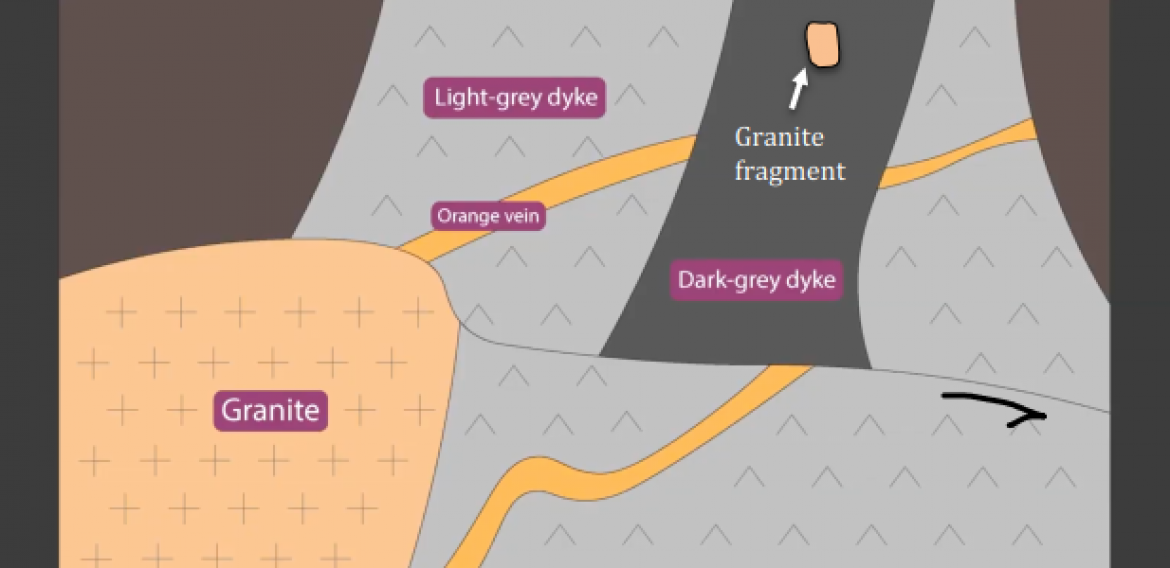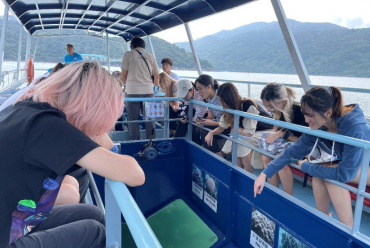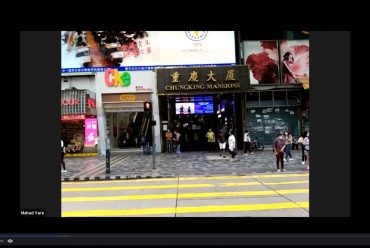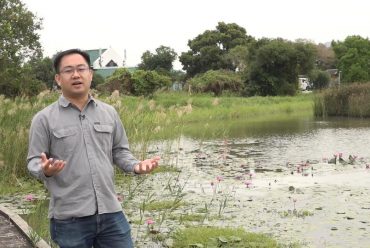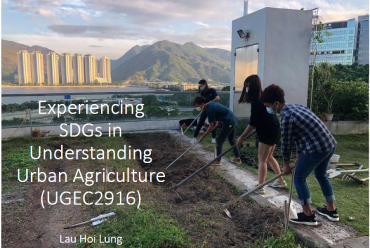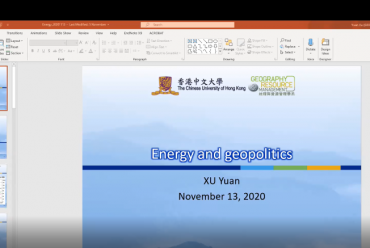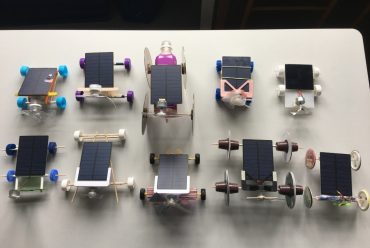Field Trip to Po Toi Island
Course code: UGEB1870
Department: Department of Earth and Environmental Sciences Programme
Name of Applicant: Dr TAM Pui Yuk Tammy
Brief description of activity:
Po Toi Island is made up of mostly granite, a dominant rock type in Hong Kong and a well-known igneous rock type.
The prominent features of granite in Po Toi are an excellent example to display the subduction event happened in Hong Kong during Cretaceous Periods, evidence of uplifting processes and coastal weathering and erosion.
The field trip consisted of mainly 2 parts: guided fieldwork and individual fieldwork. The guided fieldwork was led by Dr. Tammy Tam, introducing the geology of Po Toi Island and its relationship with Hong Kong geological history. As students walked along the coast of Po Toi Island; they would observe some distinct geological features such as the sheeting joints and pegmatites, which they seldom see in everyday life. After visiting 4 stops, the groups were dismissed, and they had to finish an individual assignment before boarding the returning ferry. It was expected that the completion of this assignment could act as a quick wrap up of the geoscience topics covered in the lectures. Students also discussed the landslide problems and the relationship with the global environmental changes.
As students did fieldwork on Po Toi Island, they were introduced with the concept of the interaction between the atmosphere, the lithosphere, and the biosphere. Po Toi Island is a coastal island with magnificent geological features and rich biodiversity. Though the major focus of the trip is the geology of the island, students can also learn about the interaction among the land, the sea and the atmosphere, in which life plays an important role in creating such a complex yet fascinating landscape. This coincides with SDGs 14 and 15 (life below water, life on land).
The trip also serves for SDG 13 (climate action), which shed light on the intensification of natural hazards caused climate change, how they in terms affect the balance among the 4 spheres of the Earth (lithosphere, atmosphere, hydrosphere and biosphere), and what solutions are proposed to mitigate the negative impact resulted. Unlike in lectures where students can only learn about the negative impacts of climate change, which might feel distant to them, they can now understand the devastating changes to the environment by observing how nature operates under human impact with their own eyes.
Date of Activity: 14 & 15 October 2023



